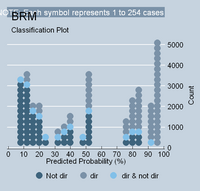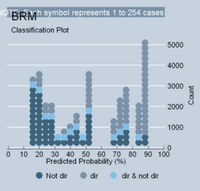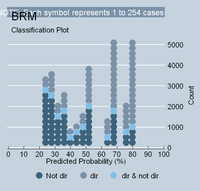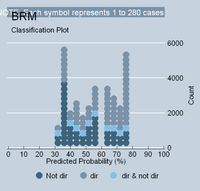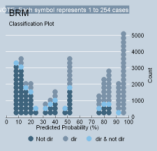Colonial Williamsburg is Biased
 Thursday, September 21, 2006 at 8:35PM
Thursday, September 21, 2006 at 8:35PM I am shocked at how biased Colonial Williamsburg is. It is no more a display of American history than it is a display of parochial anti-federalist political culture -- which is, at best, only a factious component of both American history and the revolution. I was stunned to find out that Washington's stature was demeaned while Jefferson's was artificially enhanced. I was stunned to have one of the tour guides in uniform tell me that Peyton Randolph would have beaten Washington to become the first president of the United States in spite of Washington stature after the war, had Randolph merely lived. I was also stunned to hear one of the tour guides tell me that Virginia is really the most relevant place to spend the 4th of July in America and not Philadelphia. The rationalization for this nonsense was the fiction that Virginia was ahead of Philadelphia in the push for independence. We all know, of course, that if any American or locality was pushing independence before the others, it was Adams in 1775 (in Philadelphia) and elements in Boston who were the first to face gunpoint.
But aside from telling me lies about American history, perhaps the most egregious myth in Colonial Williamsburg is what is not told. Nowhere is Alexander Hamilton mentioned. Hamilton, of course, was the general in Washington's army who led the battle of Yorktown, which, the last time I looked, was in Virginia. And that means that somewhere near the time of the battle of Yorktown, Hamilton would have slept in the Wythe house in Colonial Williamsburg, along with Washington and the rest of his generals who used the house for a brief stay. Why is it that no monument to Hamilton is present on these grounds? Why do they mention Washington's presence in the home but not Hamilton's? Why is John Marshall not mentioned? He was a Virginian who was at Valley Forge and later created the most important Supreme Court ruling in United States history. Surely, he walked the Williamsburg grounds somewhere.
I'll tell you why they are not mentioned: they are federalist. The same mischief that promotes Jefferson and makes Washington an after-thought also excludes Hamilton and John Marshall. You are lucky to get anything but a pair of funny glasses in the name of Ben Franklin. It is one thing for Virginia to be so arrogant as to display only its native sons as an advertisement for all that was most important in the birth of America; it is another thing, however, to construct those sons so that federalists are either demeaned (Washington) or excluded (Marshall). It is still another thing to take a key American figure who commanded the winning revolutionary battle on Virginia's soil, spent the night in Williamsburg and eventually constructed finance capitalism in America -- and to say absolutely nothing about him in the town where his American adventure passed. If Colonial Williamsburg wants an anti-federalist propaganda show for its vacation spot, so be it. But if it wants more than a parochial view of history -- if it wants what it advertises to non-Virginians who decide to visit -- it should stop peddling historical lies and a one sided view of what the American revolution was all about.
 Colonial Williamsburg | in
Colonial Williamsburg | in  composition,
composition,  politicology
politicology 